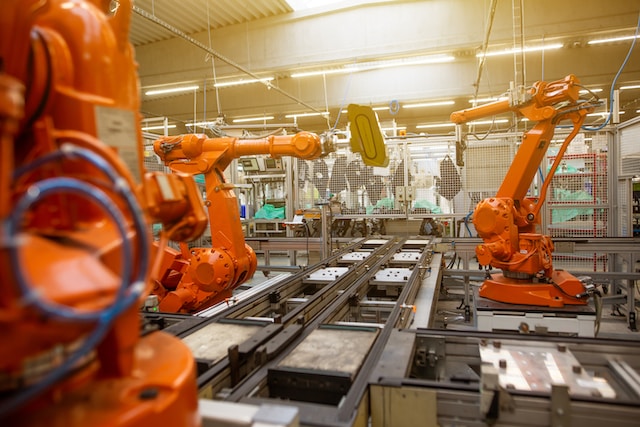3D printed batteries are the latest addition to the ever growing 3D printing phenomenon, which could potentially make huge strides in communications and the powering of medical devices.
The lithium ion microbatteries, which have been designed by researchers at the University of Illinois and the Harvard School of Engineering and Applied Sciences, could “enable the development of miniaturized medical implants, compact electronics, tiny robots, and more”. The tiny batteries can be as small as a grain of sand, according to the minds behind the development, which makes it an exciting prospect for the manufacture of miniscule but vital medical equipment.
Each battery is a stack of interlaced battery electrodes, each of which is only about as thick as a strand of hair. Using 3D printing and its “ink” to create physical objects from the ground up, the team were able to design incredibly precise electrodes.
Such developments have been becoming smaller and smaller throughout the years so as to accommodate more diverse and specific tasks, which makes these batteries an intriguing breakthrough.
Jennifer A. Lewis is the senior author of the study and is also the Hansjörg Wyss Professor of Biologically Inspired Engineering at the Harvard School of Engineering and Applied Sciences. She stated: “we have designed a broad range of functional inks—inks with useful chemical and electrical properties and used those inks with our custom-built 3D printers to create precise structures with the electronic, optical, mechanical, or biologically relevant properties that we wanted.
“Not only did we demonstrate for the first time that we can 3D print a battery; we demonstrated it in the most rigorous way,” the professor added.







